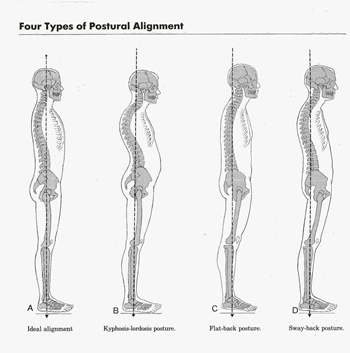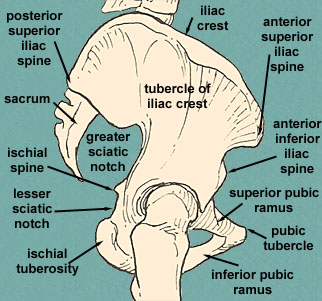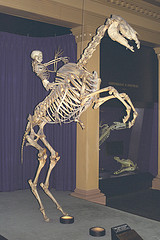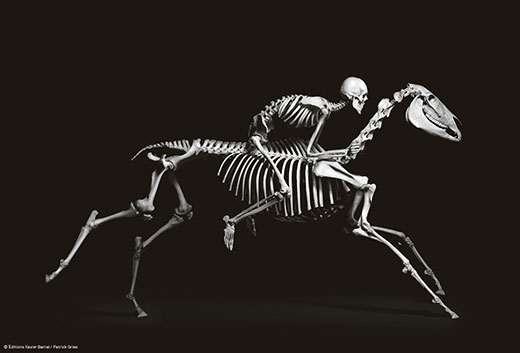Twice this week I awakened before dawn when it was still dark outside. Sitting in bed I did some stretching feeling where I was stiff. Where was I holding tension in my body?
I could hear my husband breathing on the other side of the bed and one of our cats quietly snoring at his feet. Moving my joints I heard clicks, cracks and pops. My right knee has a grinding sound just before I straighten it out. When did I develop this sound? Was it when I twisted my knee this past summer? The knee is much weaker now and perhaps damaged a ligament.
How do my joints feel as they move? I note the different ways my hands, elbows and shoulder joints move. What happens if I move my shoulder with my palm up? What happens if I move my shoulder with my palm down? I hear the click and pop of my right shoulder. My collar-bone doesn’t connect to my sternum properly on that side. Could this cause me imbalance in my body? Is there a difference in how my shoulders can move on my left and right sides?
I feel tension in my shoulders and neck. I consciously tell them to relax. Am I still holding tension? Rolling my head from side to side my neck makes quiet grinding noises and then a couple of loud cracks. My neck feels less tense after the cracks.
I imagine the atlas and axis vertebrae and the joints at the base of my skull. Can I move my head on the pivot points without bending the rest of my neck? Feeling with my fingers on muscles of my head and neck I move my head slightly nodding up and down and turning side to side.
I lay back down. I often find myself holding tension. Am I actually relaxed? Breathe in to count of 4, breathe out to count of 4. It’s like my body is on guard and holds tension to prepare to react. Breathe in to count of 4, breathe out to count of 4. Am I ready for fight and flight? Breathe in to count of 4, breathe out to count of 4. Can I just focus on my breath and not think of anything else? Even for a breath? Breathe in to count of 4, breathe out to count of 4.
How can I tell the difference between relaxed and tense? I have read about a body scanning technique that presents a contrast to help become more aware of holding tension. The body scan tenses a set of muscles to feel the contraction and tension. After feeling the tightness, then you tell the muscles to relax. Feel the difference.
Starting at my toes I tense each area of my body and hold the contraction a few seconds, then ask the area to relax. – Tense the foot by pointing toe forwards, then relax. Tense the foot by pulling toes backwards, then relax. I work my way up the body tensing and relaxing each area. Continue down my arms. Clinch my fists, then relax. Move to my shoulders. Lastly I’m squinching up parts of my face and sticking out my tongue.
My other cat jumped up on the bed to investigate. I practiced mindfulness by feeling his soft fur on my hands and listening to his rumbling purring. He gave me appreciative licks on my hand with his rough tongue. I got up and the house was dark. Dark enough that didn’t matter if had my eyes open or closed. The house was mostly quiet. Is it ever truly quiet?
Again practicing mindfulness I take the time to just stand and listen. I can hear humming from a computer and the quiet roar of a plane flying over coming into land at the airport a few miles to our south. Is it coming from California and folks on the red-eye?
I stand in the dark hallway with my hands just touching the walls. I try balancing on my left leg, then my right leg. I wobble. I ask my body questions. Do I tend to tip one way more than another? I seem to tip backwards mostly. When I start to tip over standing on one leg it happens quickly. My feet muscles try to hold me stable and fail. Can I do anything to make myself more stable? Bend my legs, think differently? Would this be easier if I could see and maybe focus on a point? I can’t rely on my body’s proprioception alone to remain stable in the dark. The body’s proprioception system provides informational awareness of your body in space. I definitely need to improve my balance, as well as stabilizing muscles to help me hold position.
I shake out my limbs. First my hands, then my wrists, and my arms. I swing my arms gently and feel the joints of my shoulders and elbows. Next my legs. I bend at my knees and feel how they support me. Where are my hips? I do a hip swivel and swing my entire leg back and forth. I rock my hips up and back and side to side. Watching that belly dancing show has taught me a few things.
Late afternoon now… how am I sitting? I’m slouching in an awful position at my desk. The lumbar support cushion does help, but the chair wants to lean back and takes me with it. Seems easiest to lean back into the chair this way, but maybe a reason I also hold tension in my neck and shoulders and my upper back often hurts.
Awareness is an important step in making changes.
For a practice:
- Try a body scan and check where you hold tension. Try to tense at least one area, then relax. Note the difference in how that feels.
- Try moving your synovial joints to notice how they function. See post “Ride with Your Bones” for definition and examples of these joints.
- Can you stand on one leg? What about balancing with your eyes closed?
- If you are sitting now… then are you aligned over your spine? Are you riding the bones of your chair? What is tight in your body?
- As a mindfulness exercise – close your eyes, try to clear your mind and just listen. What do you hear? Just sit for a couple of minutes and listen.
- Try breathing in for a count of 4, then out for a count of 4. Can you have your mind empty and just breathe focusing on counting your breath? This is a simple meditation. Try for a count of 10. What does your mind do? Does it wander off?






